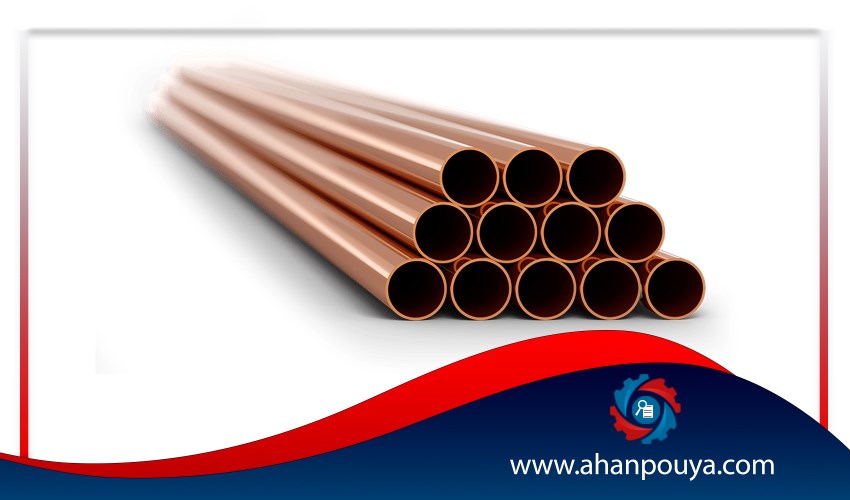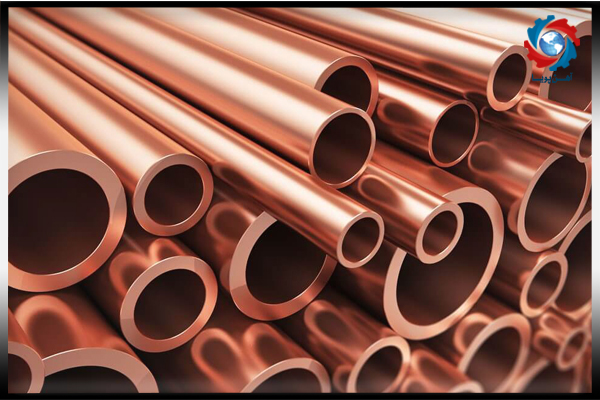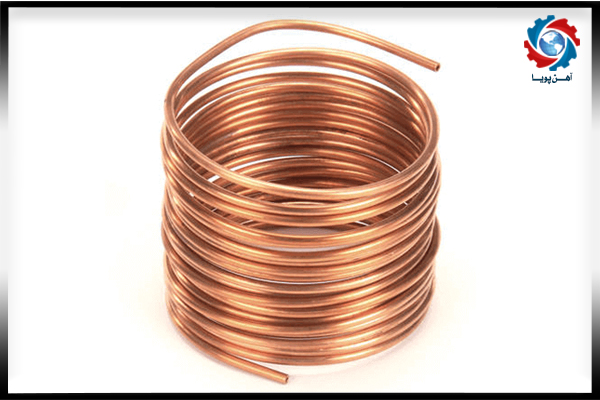
Copper pipes are used in residential, commercial and industrial buildings to transport water and gas, plumbing heating and air conditioning systems and are produced in two types of soft and hard .
The soft type of these pipes are flexible enough that they can be moved in different parts of the building facilities with different angles.
Their hard type has sufficient resistance to corrosion and weldability. the fluid pressure inside the pipe, which is supposed to be transferred from one point to another,
The agent determines and selects the appropriate type of pipe. These pipes have different types that we will explain below.
These pipes are available in different types and diameters, each of which is suitable for special application. The common point about copper pipes and their types is the size of the diameter of the pipes. The actual diameter is the same as its outer diameter, which is mainly 1.8 inches larger than the nominal size or what is called a pipe .
For example, a 1.2 inch pipe has an external diameter of 5.8 inches. The inner diameter is determined by the thickness of the pipe wall, which varies in the type of pipe.
The four most common types used in residential and commercial construction are K type, type L, type M and DWV type. The first three types are commonly used in most projects today, while the fourth type has been used in the drainage system of old buildings.
Type K has the thickest wall among a variety of copper pipes used for water distribution, fire protection and air conditioning in various buildings. K type pipe is available in both soft and hard modes and separate parts of this type of pipe can be connected with lattice and compression fittings. This type of pipe is recommended for main water lines and underground facilities because its high thickness helps to withstand the pressure from soil filled with trenches.

Type L is considered as the most common type of copper piping because it can be used in more cases than other types of these pipes. The L-type pipe is thinner than type K, but thicker than type M. The flexible type of L pipe can be used to repair or replace old water lines. While the hard type of pipe can also be used outside the building which is directly exposed to sunlight.
Type M has a thinner wall and thickness than other types, which is produced and marketed in both soft and hard forms. A thinner wall means less copper and therefore a lower price, which is why type M pipes are desirable for residential applications due to their relatively low price. This type is mostly used for plumbing of household water and ventilation systems. Of course, the use of some type M pipes by regional standards faces a series of limitations.
The DWV type was used for drainage system outlet vents in many old houses, which have been replaced in modern construction by PVC plastic pipes or ABS. This type of pipe is suitable for low pressure water transfer and for applications on the ground and normally tolerates less than water pressure of most urban water supply systems. The DWV tube usually has yellow marks to distinguish it from type M copper.


Ahan Pouya with more than a decade of best-selling experience, adheres to professional and ethical principles in the field of selling and buying at inside and outside the borders of Iran, helping you in the steel industry.